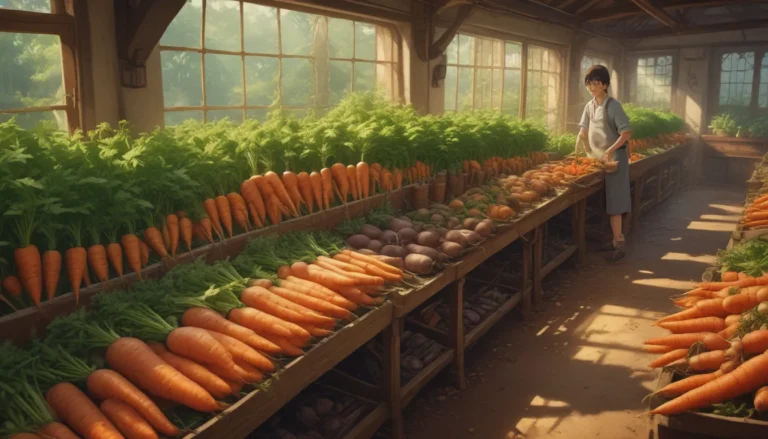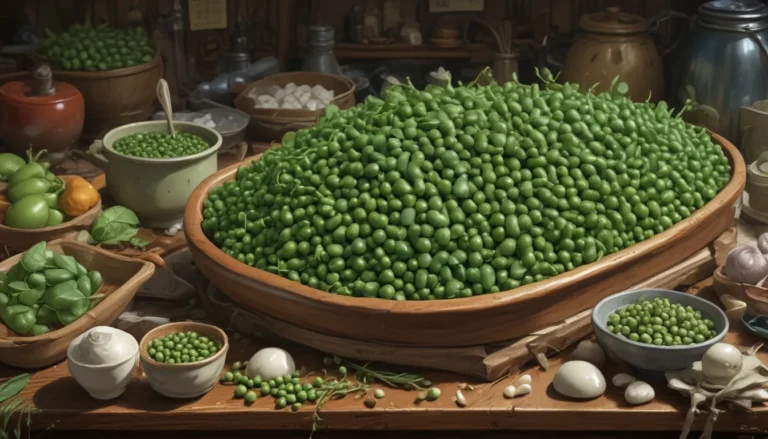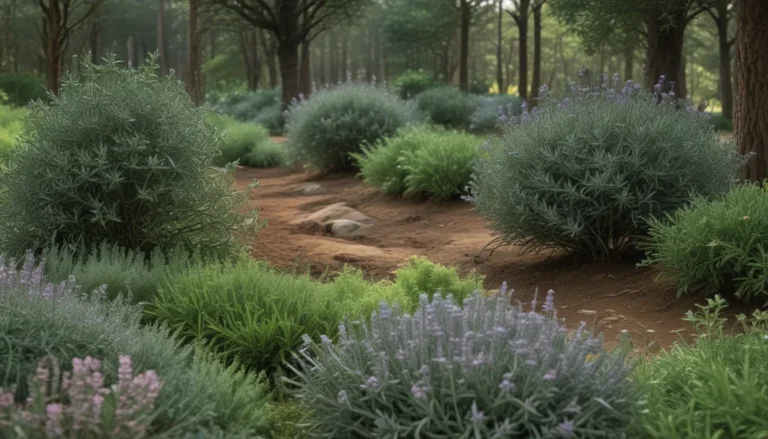The Complete Guide to Growing and Caring for Gerbera Daisies

Are you looking to add a splash of color to your garden with vibrant flowers that will last a lifetime? Look no further than Gerbera daisies! In this comprehensive guide, we will explore everything you need to know about growing and caring for these beautiful blooms, from their cultivation and history to propagation, growing tips, maintenance, and more. Whether you are a beginner gardener or a seasoned pro, there is something here for everyone.
The Fascinating World of Gerbera Daisies
Gerbera jamesonii, also known as the Barberton daisy, is a perennial flowering herb native to South Africa. These colorful blooms are a member of the Asteraceae (aster) family and are prized for their bright and bold flowers that come in a wide range of colors.
Originally found growing in the wild with long, narrow petals in red, yellow, and orange hues, today’s cultivars have evolved to feature flatter heads with tightly grouped petals. With thousands of hybrids developed for the commercial cut flower industry, Gerbera daisies have become a popular choice for bouquets and decorations.
Propagation Made Easy
When it comes to propagating Gerbera daisies, home gardeners have two main options: growing from seed or propagating new plants by division. While seeds saved from a named cultivar may not produce flowers in true colors, dividing the crowns after flowering can clone the same blooms as the parent plant.
From Seed
If you choose to grow from seed, make sure to sow fresh seeds in early spring for optimal germination. Seeds require a temperature of 70 to 75°F to sprout, making indoor or greenhouse starting the best option.
Prepare seed starter trays or pots with well-draining soil, sow the seeds, cover lightly, and keep the soil moist but not wet. Once the seedlings have developed true leaves, transplant them into larger pots and fertilize accordingly.
By Division
For a faster flowering process, division is the way to go. When you see new growth in the spring, gently divide a mature plant and replant the sections. This method ensures that new plants will bloom sooner than those grown from seed.
How to Grow Gerbera Daisies Successfully
To ensure the health and vitality of your Gerbera daisies, proper care and attention are essential. These plants thrive in sheltered areas with full morning sun and partial shade in the afternoon. Well-draining, sandy, nutrient-rich soil with a slightly acidic pH is ideal for optimal growth.
When planting, make sure the crowns are at or just above soil level and water only when the top layer of soil feels dry to prevent waterlogging. Regular feeding with a slow-release fertilizer is necessary to keep the plants happy and blooming.
Essential Growing Tips for Success
To help you grow the most beautiful Gerbera daisies, here are some essential tips to keep in mind:
- Plant in free-draining, sandy soil with ample sunlight. – Ensure the crowns are at the right level when planting. – Water at soil level when the soil feels dry. – Feed regularly with a suitable fertilizer for healthy growth.
Maintaining Your Gerbera Daisies
Proper maintenance is key to keeping your Gerbera daisies thriving year after year. Some essential maintenance tips include:
- Avoid overwatering to prevent crowns from rotting. – Lightly mulch around plants to retain soil moisture. – Deadhead spent blooms to encourage more flowers. – Replant or repot plants every couple of years to prevent crown burial.
Selecting the Perfect Cultivars
With a vast array of color options to choose from, selecting the perfect Gerbera daisy cultivar can be a delightful experience. From traditional reds and oranges to stunning pinks and bicolored varieties, the possibilities are endless. Whether you opt for a classic look or a modern twist, there is a Gerbera daisy for every taste and preference.
Pest and Disease Management
Like all plants, Gerbera daisies are susceptible to pests and diseases that can hinder their growth. Common pests such as aphids, spider mites, and thrips can be controlled with a neem oil spray, while fungal diseases like gray mold and powdery mildew can be prevented by proper watering practices and timely removal of diseased leaves.
Best Uses for Gerbera Daisies
Gerbera daisies are not only popular as cut flowers but also make stunning additions to garden borders, mass plantings, and containers. With their long-lasting blooms and vibrant colors, these daisies are sure to brighten up any space they inhabit.
Quick Reference Growing Guide
For a quick overview of essential information about Gerbera daisies, refer to this handy reference guide:
- Plant Type: Perennial flower (annual in cooler regions) – Flower Colors: Red, orange, yellow, white, cream, pink, bicolored – Native to: South Africa – Hardiness (USDA Zone): 8-10 – Maintenance: Low-moderate – Bloom Time: Almost year-round – Soil Type: Light, fertile, sandy loam – Exposure: Full to part sun – pH: 5.5-6.5 – And much more.
Share the Love with Gerbera Daisies
Whether you’re sending a bouquet to a friend or arranging them in your own home, Gerbera daisies are a symbol of love and happiness. Easy to grow and care for, these flowers are perfect for brightening up any space and spreading joy wherever they go.
In conclusion, growing and caring for Gerbera daisies can be a rewarding experience for any gardener. With their vibrant blooms, easy maintenance, and versatility, these flowers are a fantastic addition to any garden. Share your Gerbera daisy experiences in the comments below, and let us know how these beautiful blooms have brought joy to your life.





